Docker Swarm Aws Autoscaling Group

Aws Quick Start For Docker Datacenter Ddc Aws Partner Network Apn Blog

Nginx Plus Load Balancing For Aws Auto Scaling Groups

Docker Swarm Mode On Aws Stelligent

Github Adrianlois Docker Swarm Aws Asg Elb Implementacion De Docker Swarm En Amazon Web Services Usando Auto Scaling Groups Y Elastic Load Balancing

Scaling Rabbitmq On A Coreos Cluster Through Docker Erlang Solution Blog
Re Balance Swarm Tasks When New Nodes Join Issue Moby Moby Github
Autoscaling a Docker Swarm Setting up a Docker Swarm (“docker swarm mode” if you want to be more accurate), is pretty much a trivial process You need 3 nodes, create a swarm on one of them and join the other two nodes to the swarm.

Docker swarm aws autoscaling group. Docker Swarm came into existence with 112 docker release This release has provided the capability of clustering one or more physical/virtual machines together called a swarm The swarm comprises of two types of machines called nodes,. Docker will automatically join or remove new instances to the Swarm There are currently two ways to scale your worker group You can “update” your stack, and change the number of workers in the CloudFormation template parameters, or you can manually update the Auto Scaling group in the AWS console for EC2 auto scaling groups. How InfluxData Helps Docker Autoscale through Monitoring Docker Swarm is a clustering and scheduling container tool embedded in Docker With Swarm, IT administrators and developers can establish and manage a cluster of Docker nodes as a single virtual system.
The Kubernetes Cluster Autoscaler automatically adjusts the number of nodes in your cluster when pods fail or are rescheduled onto other nodes That is, the AWS Cloud Provider implementation within the Kubernetes Cluster Autoscaler controls the DesiredReplicas field of Amazon EC2 Auto Scaling groups. Includes two autoscaling groups containing EC2 instances and a master load balancer Topics cloudformation, high availability. Includes two autoscaling groups containing EC2 instances and a master load balancer Topics cloudformation, high availability.
An Autoscaling group & Launch Configuration in your AWS account Your host machine’s AMI added to the Launch Configuration Latest image of your running container committed to Docker Hub or you may locally commit the container image & create an AMI from that and add to Launch Configuration group Host machine may be Amazon Linux or CentOS. DockerCon 16 also announced Docker for AWS and Azure Beta Docker for AWS and Azure both start a fleet of Docker 112 Engines with swarm mode enabled out of the box Swarm mode means that the individual Docker engines form into a selforganizing, selfhealing swarm, distributed across availability zones for durability. Docker Swarm Mode on AWS Docker Swarm Mode is the latest entrant in a large field of container orchestration systems Docker Swarm was originally released as a standalone product that ran master and agent containers on a cluster of servers to orchestrate the deployment of containers This changed with the release of Docker 112 in July of 16.
An Autoscaling group & Launch Configuration in your AWS account Your host machine’s AMI added to the Launch Configuration Latest image of your running container committed to Docker Hub or you may locally commit the container image & create an AMI from that and add to Launch Configuration group Host machine may be Amazon Linux or CentOS. In this blog, we will be going through a complete guide on deploying a Docker Swarm load balancer on a multinode Amazon EC2 cluster This objective is achieved using various tasks that can be deployed using Docker’s commandline interface or python SDK API’s. I have installed stackstorm from docker image on a centos system Installed docker 118 ce And ran it in docker swarm mode and configured the launch configuration in the AWS and the auto scaling group And when i manually increase the desired the instance the new instance gets created and gets attached to the cluster automatically My problem.
Written by Hanzel Jesheen on Jul 13, 16 devops In the article Load Balancing with Docker Swarm, we scaled a service by deploying multiple instance of the same docker image across the hosts in a Docker Swarm and distibuted the traffic among these instances using a load balancerHowever, the scaling is manually done using dockercompose commands In this article, we are going to automate. DockerCon 16 also announced Docker for AWS and Azure Beta Docker for AWS and Azure both start a fleet of Docker 112 Engines with swarm mode enabled out of the box Swarm mode means that the individual Docker engines form into a selforganizing, selfhealing swarm, distributed across availability zones for durability. Getting Started – Elastigroup (AWS) Create an Elastigroup Cluster from an existing ASG (Auto Scaling Group) Create an Elastigroup Cluster from an existing ELB.
AutoScaling Group EC2 instances can be grouped inside an AutoScaling Group which adds or removes instances automatically based on CloudWatch metrics This also applies to container instances of ECS Container instances are basically EC2 machines with Docker and ECSAgent installed ECS cluster and AutoScaling Group. How to make Docker Swarm cluster scale inandout based on the container workload, stop overprovisioning, and pay per use when running dockerized workloads. DockerCon 16 also announced Docker for AWS and Azure Beta Docker for AWS and Azure both start a fleet of Docker 112 Engines with swarm mode enabled out of the box Swarm mode means that the individual Docker engines form into a selforganizing, selfhealing swarm, distributed across availability zones for durability.
Docker Swarm Cluster Topology Specifics In accordance with the original swarm cluster implementation, structure of the environment you’ll get upon installation of the package is composed of two layers (node groups) with the following prescribed roles Manager maintains the desired state of your swarm and all of the services that are run on it. The Elastic Container Service (ECS) is an AWS Service that handles the Docker containers orchestration in your EC2 cluster It is an alternative for Kubernetes, Docker Swarm, and others ECS Terminology To start understanding what ECS is, we need to understand its terms and definitions that differs from the Docker world. Orbiter is an open source project design to become a cross provider autoscaler At the moment it works like Zero Configuration Autoscaler for Docker Swarm It also has a basic implementation to autoscale Digitalocean This project is designed with InfluxData a company that provides OSS solution like InfluxDB, Kapacitor and Telegraf We are going to use all this tools to create an autoscaling.
ASGs (AutoScaling Groups) can help by automatically monitoring the load and health of your instances If a node fails, it will be replaced automatically so you don’t get woken up in the middle of the night with a PagerDuty alert This post will answer the question “how do I use AWS auto scaling groups (ASG) with Docker?”. Configure the Security Group (swarmsg) properly by defining rules for port 2377 (used for connecting internally to docker machines) and ELB security group to accept the traffic In this article, a default VPC is used to demonstrate the Docker Swarm setup, while Custom VPCs are a better way to apply security strategies. Creates the infrastructure so you can run Docker Swarm in HA;.
Everything was fine with my docker swarm cluster until I have enabled AWS AutoScaling on docker workers to manage the increased load The issue I had was whenever a new instance was created Docker swarm could not pull Docker images into the newly launched instances as results docker is unable to run services on the newly created instances. A cluster of Swarm nodes in an Auto Scaling group, so the cluster can grow dynamically as the load on the instances increases Three Elastic Load Balancing (ELB) load balancers Two of these load balancers provide inbound access to the management consoles for UCP and DTR, and the third provides inbound access to customer applications running on. A cluster of Swarm nodes in an Auto Scaling group, so the cluster can grow dynamically as the load on the instances increases Three Elastic Load Balancing (ELB) load balancers Two of these load balancers provide inbound access to the management consoles for UCP and DTR, and the third provides inbound access to customer applications running on.
Autoscaling for the application The Horizontal Pod Autoscaling helps Kubernetes to scale the number of pods automatically in a replication controller, replica set, or deployment based on the CPU utilization There is no automatic scaling option available for Docker Swarm However, users can use a code to do that autoscaling task. AWS’s Elastic Container Service (ECS) is a compute engine specifically designed for Docker containers You can use it to deploy containers using underlying EC2 instances, or run a serveragnostic deployment on Fargate. Deploying Docker containers on ECS Estimated reading time 21 minutes Overview The Docker Compose CLI enables developers to use native Docker commands to run applications in Amazon EC2 Container Service (ECS) when building cloudnative applications.
Docker Swarm at AWS/Azure vs Amazon EC2 Container Service vs Microsoft Azure Container Service (Swarm) Resilience — Using using EC2 AutoScaling Group which performs operations at least 9995%;. Using EBS with Auto Scaling Groups How to use the immense power of AWS AutoScaling Groups for a stateful Docker application 2 Background 3 In a serviceoriented world where requests can come from anywhere at any time, keeping a system constantly up and available is essential to its success When running at scale, failures happen. A cluster of Swarm nodes in an Auto Scaling group, so the cluster can grow dynamically as the load on the instances increases Three Elastic Load Balancing (ELB) load balancers Two of these load balancers provide inbound access to the management consoles for UCP and DTR, and the third provides inbound access to customer applications running on.
Auto Scaling Docker Nodes in AWS Leave a Comment / Docker, AWS, aptget install y dockeree=~30~ubuntubionic dockereecli=~30~ubuntubionic containerdio sudo docker swarm join token SWMTKN1abcdefgqrstuvwxyz then I now have a solution to automatically scale out my VM’s using an AWS feature. The autoscaling group will automatically provision a new host and the swarm will automatically rebalance the containers the node was running Removing "down" Nodes Once instance have been removed from the swarm, the node is show in a "down" state in the docker node ls output. The following procedures help you to create an Auto Scaling group for an Amazon ECS cluster The Auto Scaling group contains container instances that you can scale out (and in) using CloudWatch alarms.
Hello Dimitri, We are able to configure StackStorm however the rule swarmon_pending_scaleup_aws is not running due to DesiredCapacity “{{ st2kvsystemcount int 1 }}”, we don’t have any action under st2 action list p st2 with a name st2kvsystemcount Could you please share the py so we may create an action & use the auto scaling Thanks & Regards Sumit Roopchandani. In this post, we will present an overview of four ways to deploy Docker on Amazon Web Services We will summarize the Elastic Container Service (ECS), the Elastic Container Service for Kubernetes (EKS), AWS Fargate and finally deploying Docker on EC2 Background Docker is a gamechanger in terms of the deployment model. In this AWS tutorial, I will demonstrate how you can, in just a few steps, transform a simple containerized web application into AWS ECS Service (referred to as Service) that scales automatically in response to changing demand Amazon introduced EC2 Container Service (ECS) in 15 as a reaction to the rapidly growing popularity of Docker containers and microservices architecture.
AutoScaling Docker Swarm Services Using Instrumented Metrics¶ Docker Swarm provides a solid mechanism that, among other things, makes sure that the specified number of replicas of a service is (almost) always running inside a cluster It is performing selfhealing outofthebox However, that is often not enough. We are using Ansible along with AWS Autoscaling Groups to scale our docker swarm cluster Right now this is working because we run the services in global mode so we automatically get one of each container type per docker node However this is not very efficient because we end up with more containers of some services than we need. Autoscaling groups InfraKit and Docker Swarm Mode A FaultTolerant and SelfHealing Cluster Back in October 16, Docker released Infrakit, an open source toolkit for creating and managing declarative, selfhealing infrastructure.
A Docker swarm consists of multiple Docker hosts which run in swarm mode and act as managers and workers (which run swarm services) A given Docker host can be a manager, a worker, or perform both roles. In this blog post, we will discuss how to create a docker swarm cluster in AWS We will also deploy a docker stack in this docker swarm cluster aws ec2 describesecuritygroupsfilter "Name=groupname,Values=dockerswarm" ## From this command you should get all the details of the security group. Short answer There is no easy way to do this with Docker Swarm for now Docker Swarm (or Swarm mode) does not support autoscaling machines out of the box You'd need to use another solution for that like dockermachine to create machines (with docker) on your infrastructure and link these to the existing Swarm cluster (with docker swarm join).
Auto Scaling Docker Nodes in AWS Leave a Comment / Docker, AWS, aptget install y dockeree=~30~ubuntubionic dockereecli=~30~ubuntubionic containerdio sudo docker swarm join token SWMTKN1abcdefgqrstuvwxyz then I now have a solution to automatically scale out my VM’s using an AWS feature. Docker Swarm 02— Quickstart do seu Cluster de EC2 na Amazon AWS com Docker Fala pessoal!. I have installed stackstorm from docker image on a centos system Installed docker 118 ce And ran it in docker swarm mode and configured the launch configuration in the AWS and the auto scaling group And when i manually increase the desired the instance the new instance gets created and gets attached to the cluster automatically My problem.
AutoScaling Group EC2 instances can be grouped inside an AutoScaling Group which adds or removes instances automatically based on CloudWatch metrics This also applies to container instances of ECS Container instances are basically EC2 machines with Docker and ECSAgent installed ECS cluster and AutoScaling Group. Creating the Docker SWARM security Group Docker Swarm requires few ports to be open for it to work These are TCP port 2377 This port is used for communication between the nodes of a Docker Swarm or cluster It only needs to be opened on manager nodes TCP and UDP port 7946 for communication among nodes (container network discovery). Using EBS with Auto Scaling Groups How to use the immense power of AWS AutoScaling Groups for a stateful Docker application 2 Background 3 In a serviceoriented world where requests can come from anywhere at any time, keeping a system constantly up and available is essential to its success When running at scale, failures happen.
Building Wordpress site on AWS using terraform and Docker container Prerequisite to run the script Internet Connection;. Creates the infrastructure so you can run Docker Swarm in HA;. AWS comes with the great service of auto scaling, that gives the possibility to automatically adapt the environment to the changing needs This helps to optimize costs and performance With rising needs, your environment scales up and as soon as the needs decrease again, your environment will scale down again The benefits of EC2 Auto Scaling are quite simple 1 Rightsized resources at any.
ECS uses an autoscaling group to expand and contract the number of instances based on CloudWatch policies AWS, then Docker Swarm's tight integration with the Docker tools makes it a great. I’m looking to build a system that involves spawning a new Rancher service upon user interaction with another Rancher service Continue reading. With all that out of the way, you can finally create your Auto Scaling Group Creating an Auto Scaling Group To create an Auto Scaling Group, open the EC2 Console (mouse over the “Services” menu at the top and click “EC2”), click the “Auto Scaling Groups” link in the bottom left, and click the blue “Create Auto Scaling Group.
With autoscaling groups, we don’t need to worry about that because Amazon monitors all EC2 instances created by an auto scaling group If an EC2 instance goes down and the autoscaling group does not meet the expected number of running EC2 instances, AWS will create another instance on your behalf with your predefined configuration!. Hoje trouxe um quickstart rápido do seu primeiro Cluster de Swarm utilizando as máquinas EC2 na AWS. Clone this project and choose whether you want to deploy this into ASG(Autoscalling Group) or you need just 1 instance without ASG ASG folder for the first choice and NonASG folder for.
I chose to use Auto Scaling Groups as a tried and trusted way to scale on AWS, but drop the “auto” and trigger scaling events from StackStorm The launch configuration uses a custom AMI with Docker daemon installed and set up, so that new worker instances come up fast. In this blog, we will be going through a complete guide on deploying a Docker Swarm load balancer on a multinode Amazon EC2 cluster This objective is achieved using various tasks that can be deployed using Docker’s commandline interface or python SDK API’s. All our instances run from AWS AutoScaling Groups Each Group has been configured with Scaling Policies which scale up and scale down based on needs Generally, we have one Reserved Instance ASG which is set to a desired count 1 and additional Spot Instances set to 1 or more based on the need We have configured fallbacks for Spot Instances with different Instance Types in case similar spot instance configuration is not available in the AZ.
In this AWS tutorial, I will demonstrate how you can, in just a few steps, transform a simple containerized web application into AWS ECS Service (referred to as Service) that scales automatically in response to changing demand Amazon introduced EC2 Container Service (ECS) in 15 as a reaction to the rapidly growing popularity of Docker containers and microservices architecture. We are using Ansible along with AWS Autoscaling Groups to scale our docker swarm cluster Right now this is working because we run the services in global mode so we automatically get one of each container type per docker node However this is not very efficient because we end up with more containers of some services than we need. The autoscaling group will automatically provision a new host and the swarm will automatically rebalance the containers the node was running Removing "down" Nodes Once instance have been removed from the swarm, the node is show in a "down" state in the docker node ls output.
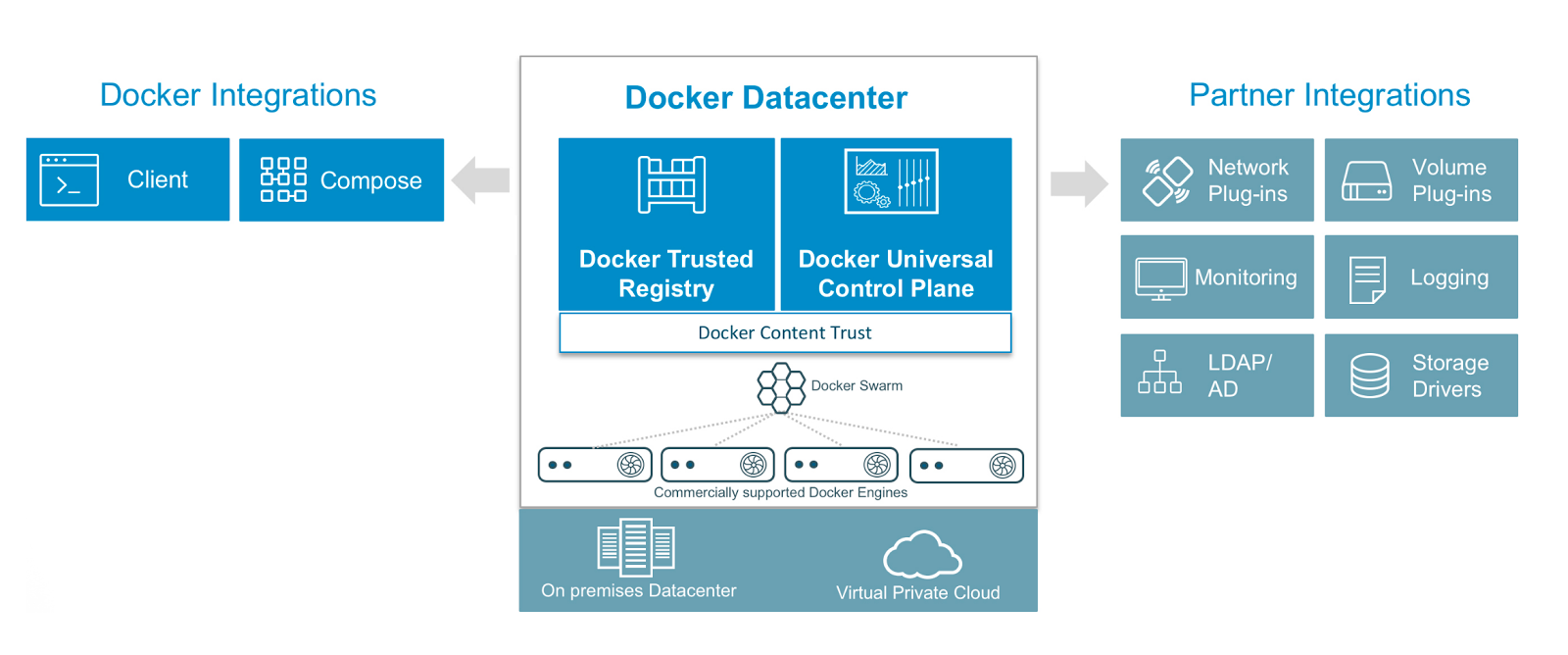
Docker Datacenter In Aws And Azure In A Few Clicks Docker Blog

Scale Your Application On Aws With Docker Swarm

Docker Swarm Y Aws Amazon Web Services Spanish Edition Ebook Lois Adrian Amazon Ca Kindle Store

Auto Scaling A Docker Swarm Tit Petric

Automatically Update Instances In An Amazon Ecs Cluster Using The Ami Id Parameter Aws Compute Blog
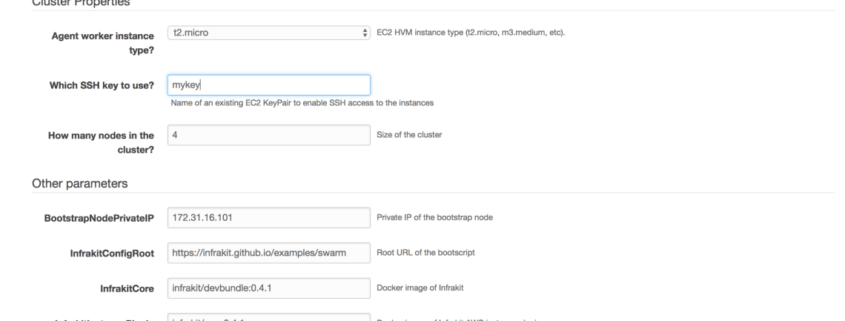
Infrakit And Docker Swarm Mode A Fault Tolerant And Self Healing Cluster M Square

Autoscaling Swarm On Aws With Stackstorm Stackstorm

A Beginner S Guide To Amazon S Elastic Container Service
1

Cluster Node Automation In Docker Enterprise Docker Blog
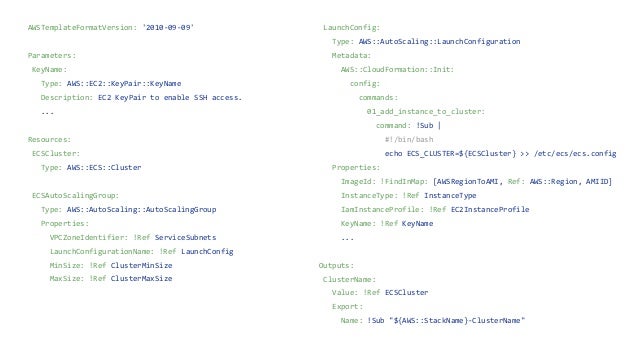
Deliver Docker Containers Continuously On Aws
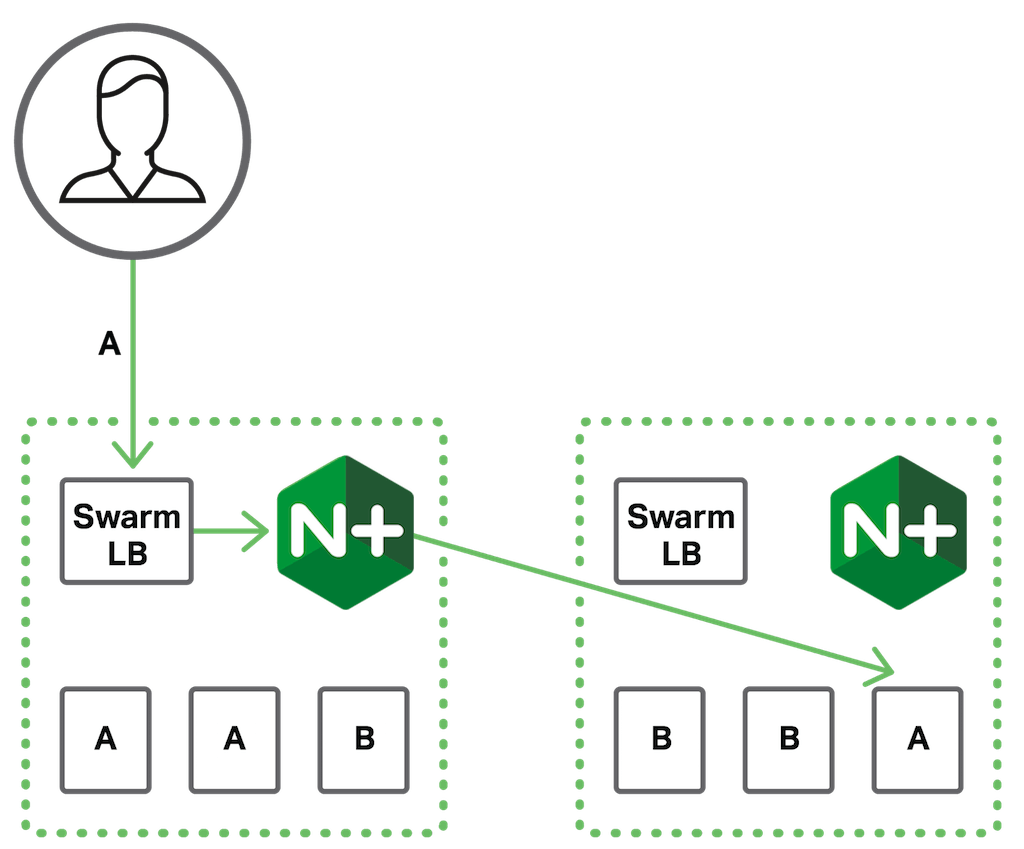
Load Balancing Containers With Docker Swarm And Nginx Or Nginx Plus

Autoscaling Docker Nodes Youtube

Aws와 Docker Swarm을 이용한 쉽고 빠른 컨테이너 오케스트레이션 Aws Summit Seoul 17

Kubernetes Vs Docker Swarm A Comprehensive Comparison
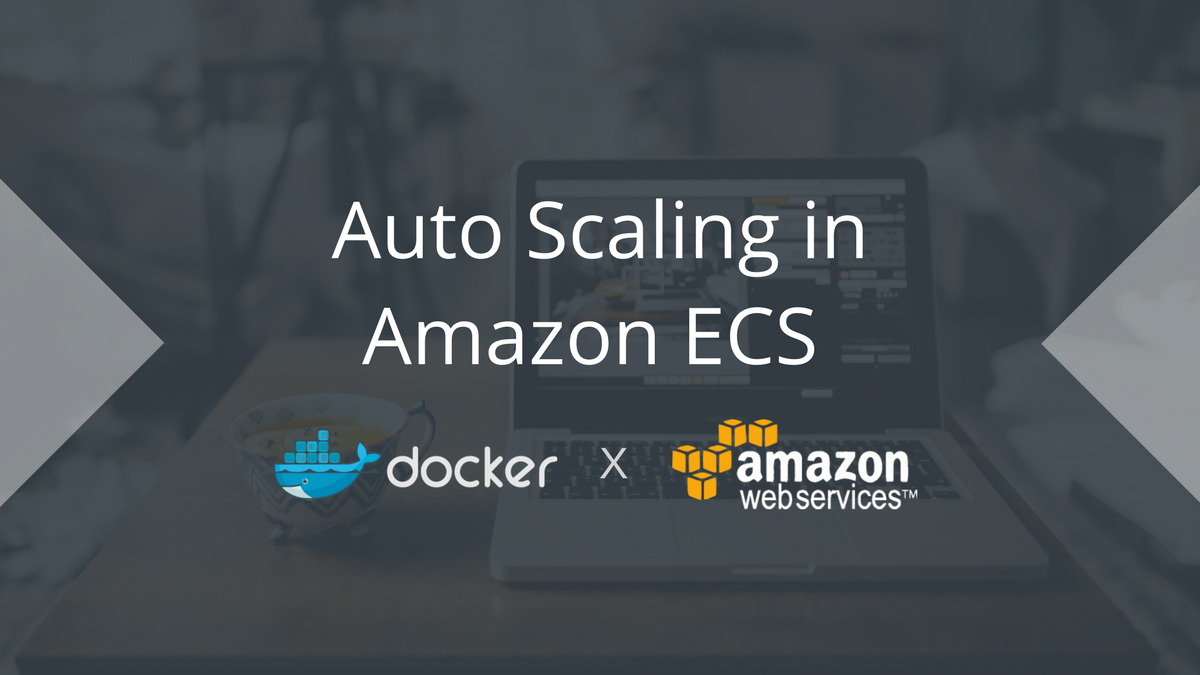
Aws Tutorial Auto Scaling Docker Containers In Amazon Ecs Codementor
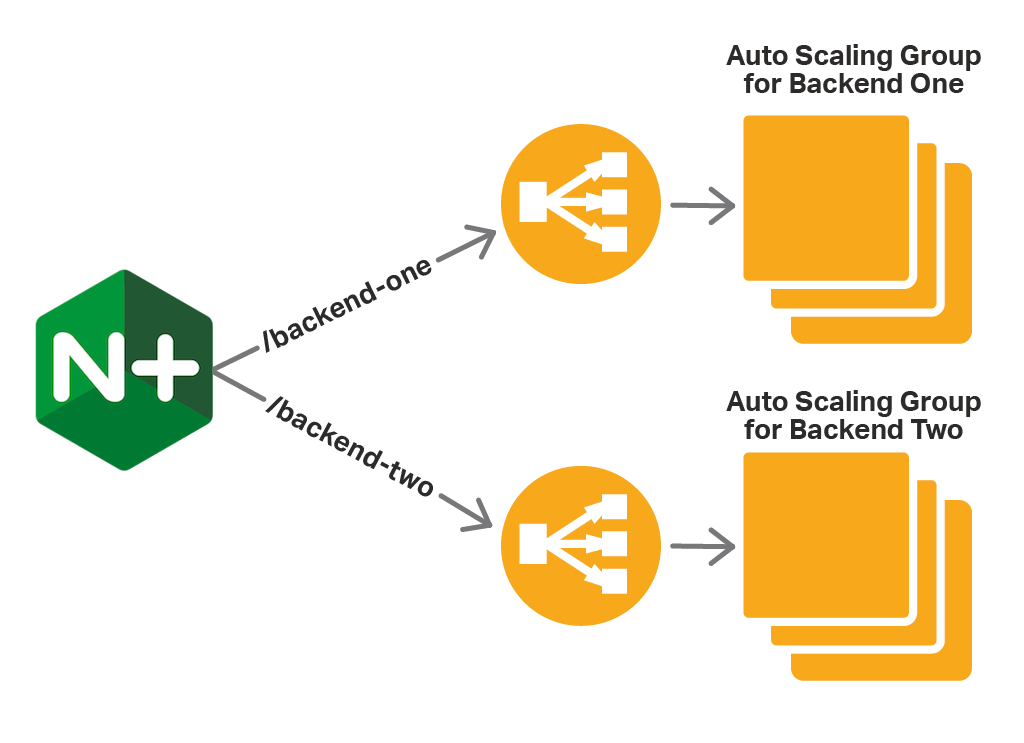
Nginx Plus Load Balancing For Aws Auto Scaling Groups

Kubernetes V S Docker Swarm Aws Cost Optimization Devops Transformation

Kubernetes Vs Docker Swarm Victorops
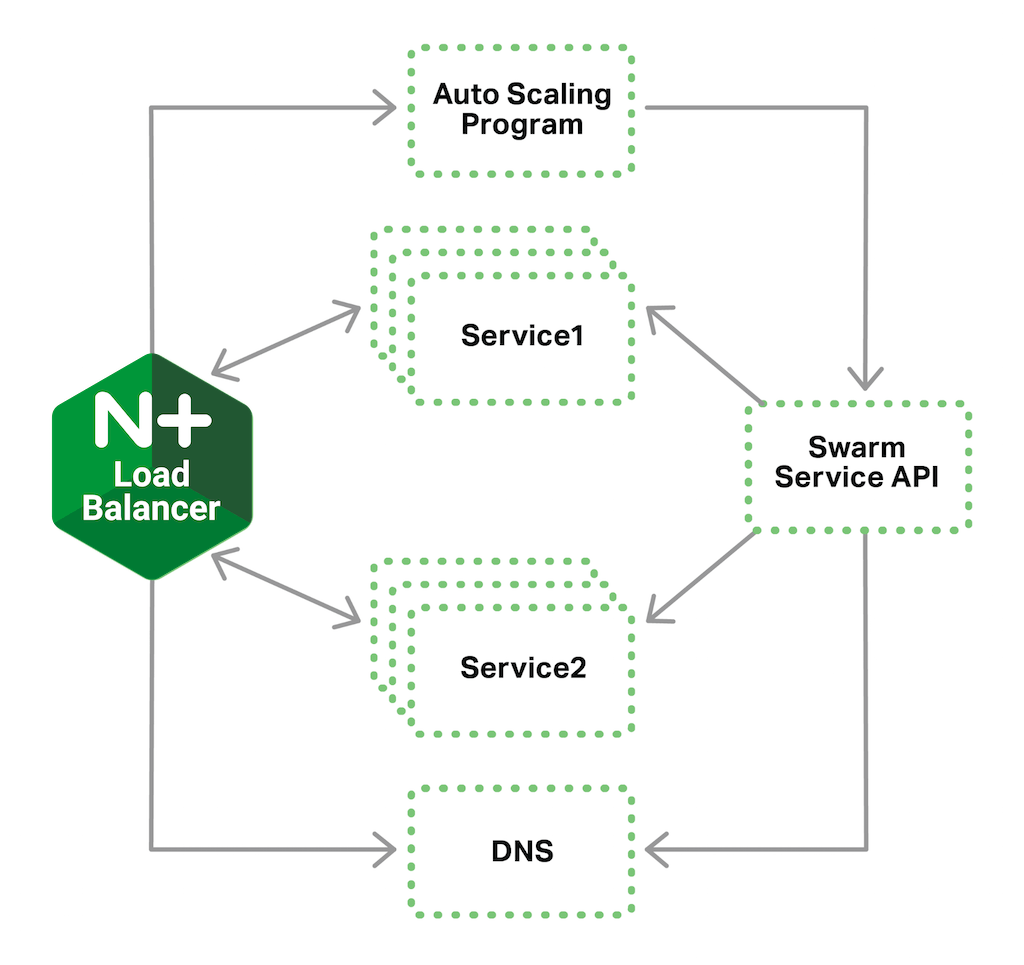
Load Balancing Containers With Docker Swarm And Nginx Or Nginx Plus
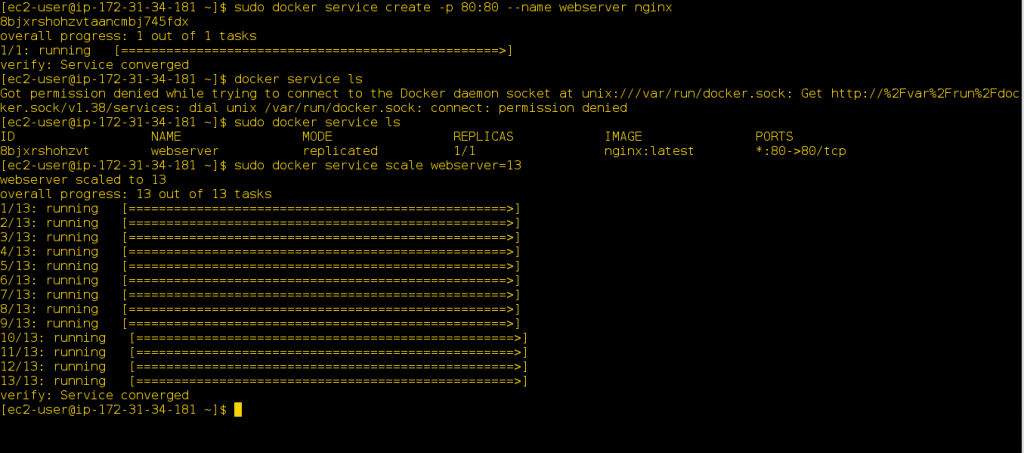
Creating An Ha Docker Swarm Over Aws

Aws Cli Ecs With Alb Autoscaling

Neo4j Container Orchestration With Kubernetes Docker Swarm Mesos
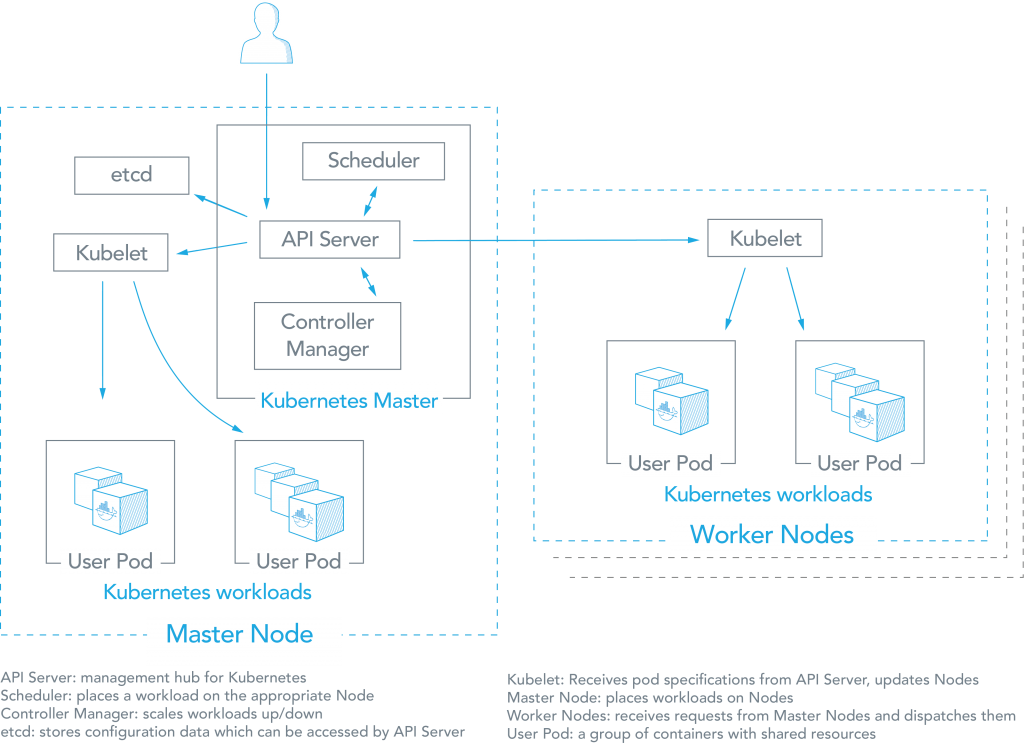
Compare Kubernetes Vs Docker Swarm Platform9

Creating A High Availability Docker Swarm On Amazon Web Services Caylent
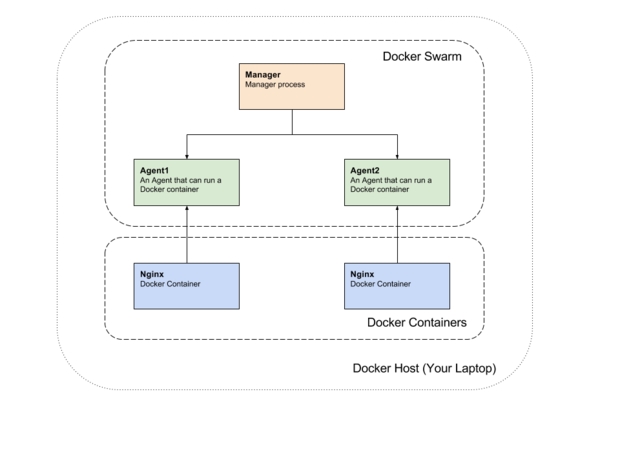
Clustering With Docker Swarm Infoworld

Aws Docker Swarm Deploying A Selenium Grid Tech Adventures By Tarun Lalwani
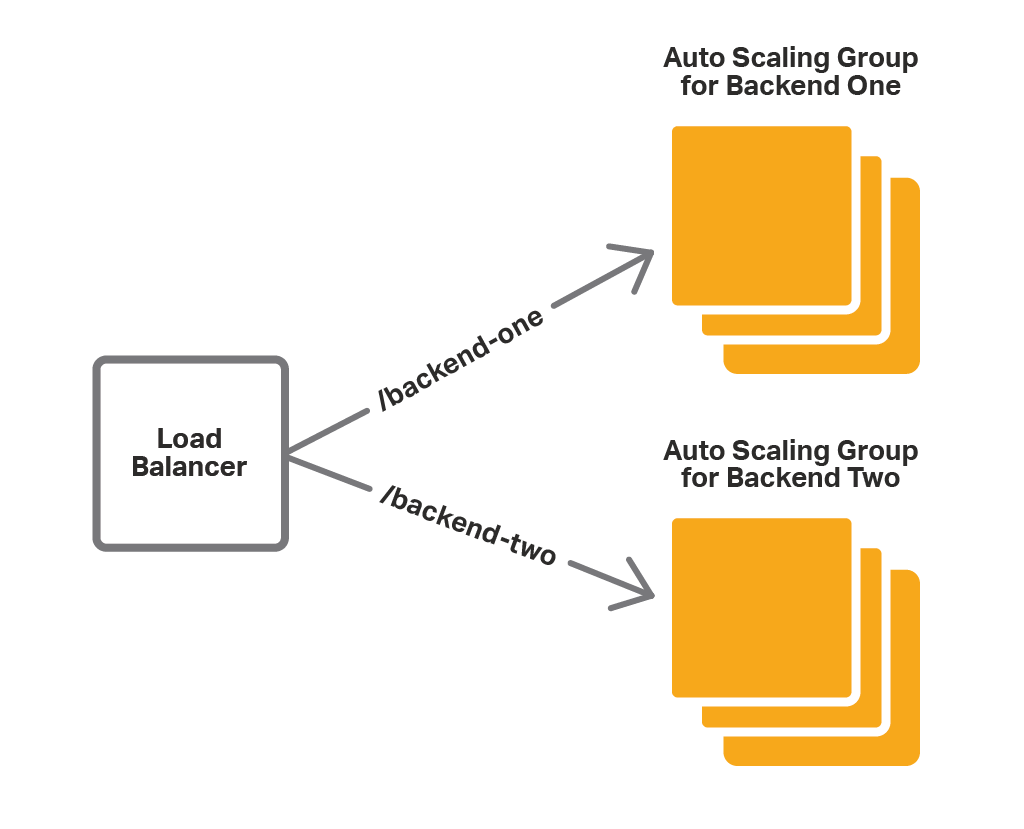
Nginx Plus Load Balancing For Aws Auto Scaling Groups

Modify Docker Install On Aws Docker Documentation
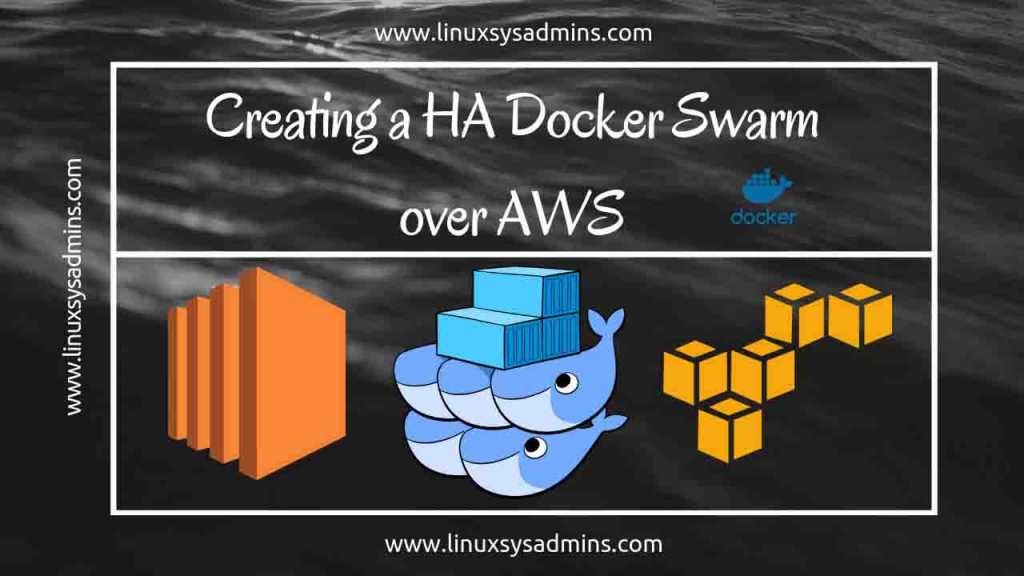
Creating An Ha Docker Swarm Over Aws
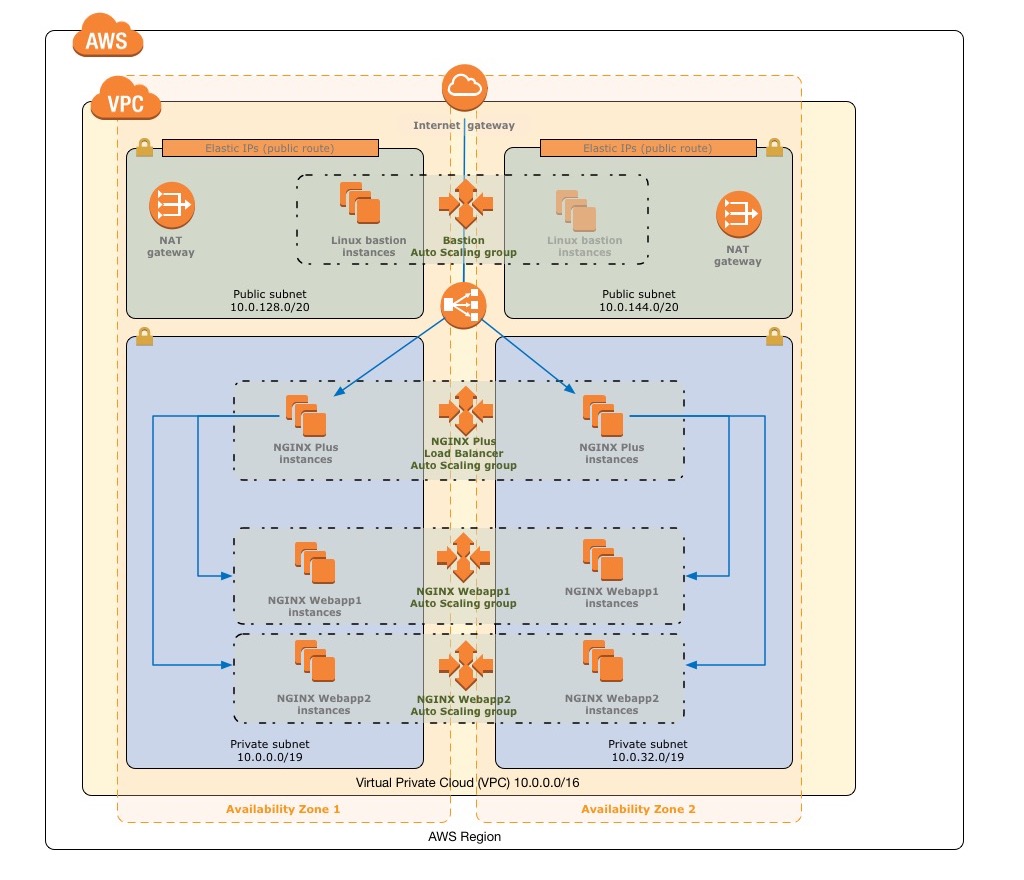
Announcing New Auto Scaling Support With Nginx Plus On Aws Cloud Quick Start Nginx

Clustering With Docker Swarm Infoworld

Trajano Swarm Aws Docker Terraform Registry
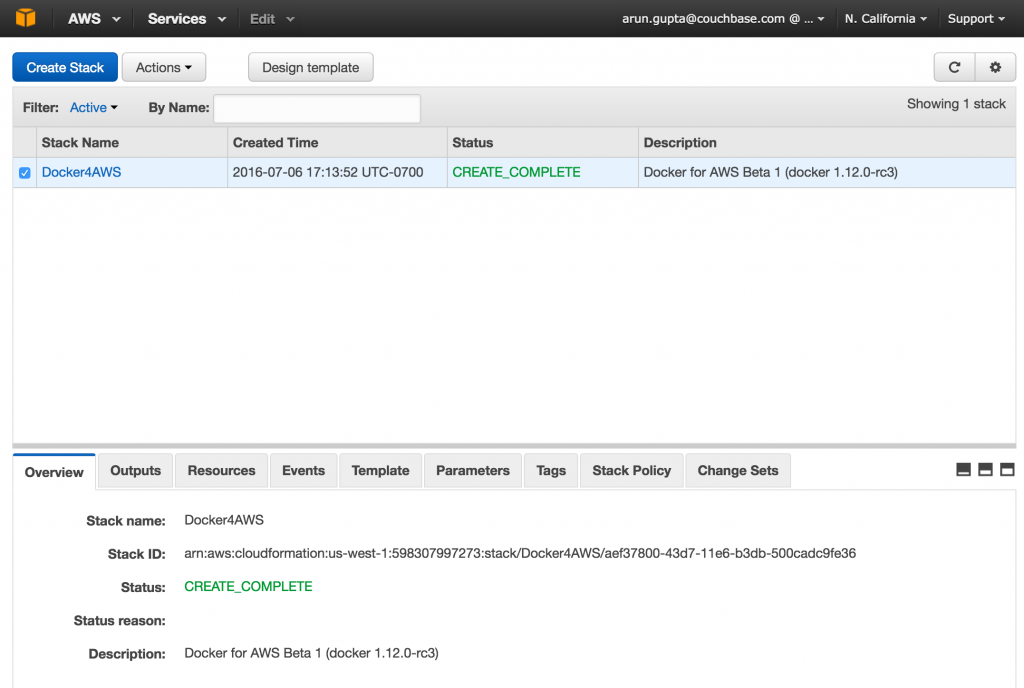
Getting Started With Docker For Aws And Scaling Nodes The Couchbase Blog
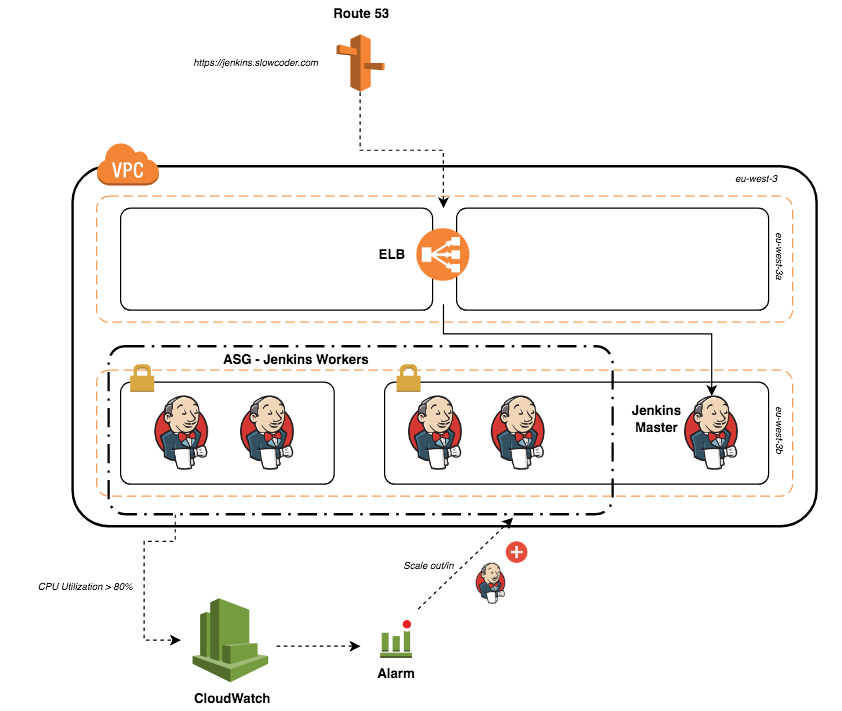
How To Deploy A Jenkins Cluster On Aws In A Fully Automated Ci Cd Platform Dzone Devops
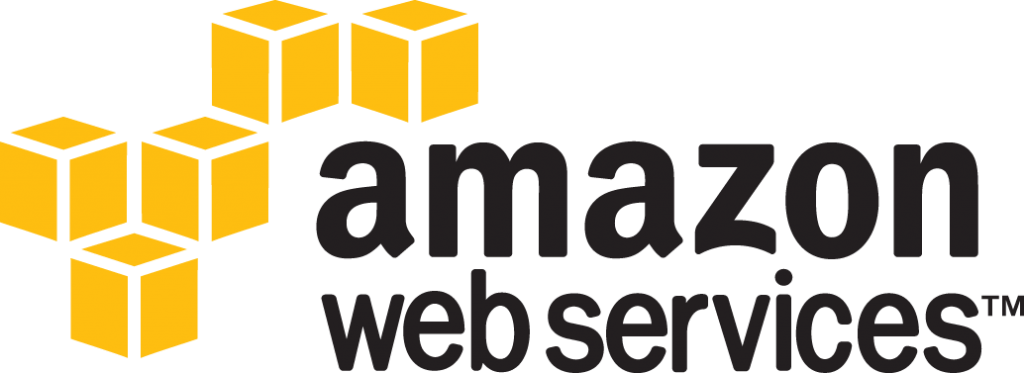
Getting Started With Docker For Aws And Scaling Nodes The Couchbase Blog
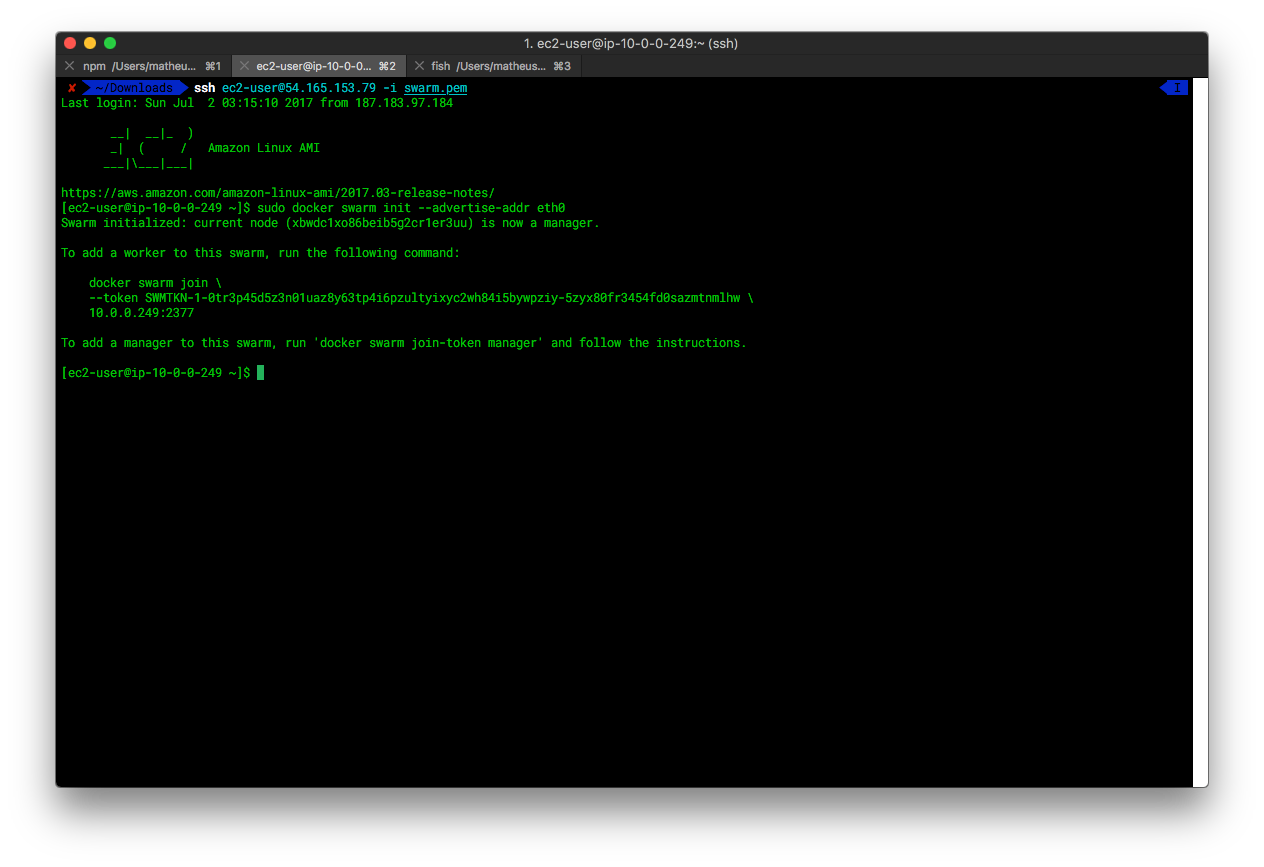
Docker Swarm Aws Nodes Do Swarm Em Auto Scaling Groups By Matheus Fidelis Medium

Docker Swarm High Availability Load Balancing Auto Scaling Zero Downtime Deployments Youtube

Orbiter An Oss Docker Swarm Autoscaler

Infrakit And Docker Swarm Mode A Fault Tolerant And Self Healing Cluster Docker Blog

Aws Network Load Balancer Nlb With Autoscaling Group Asg
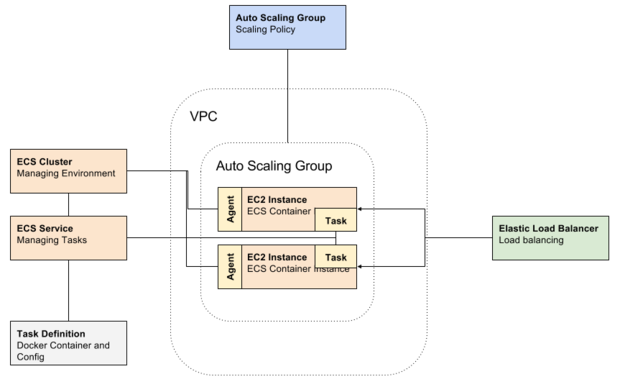
Clustering With Docker Swarm Infoworld
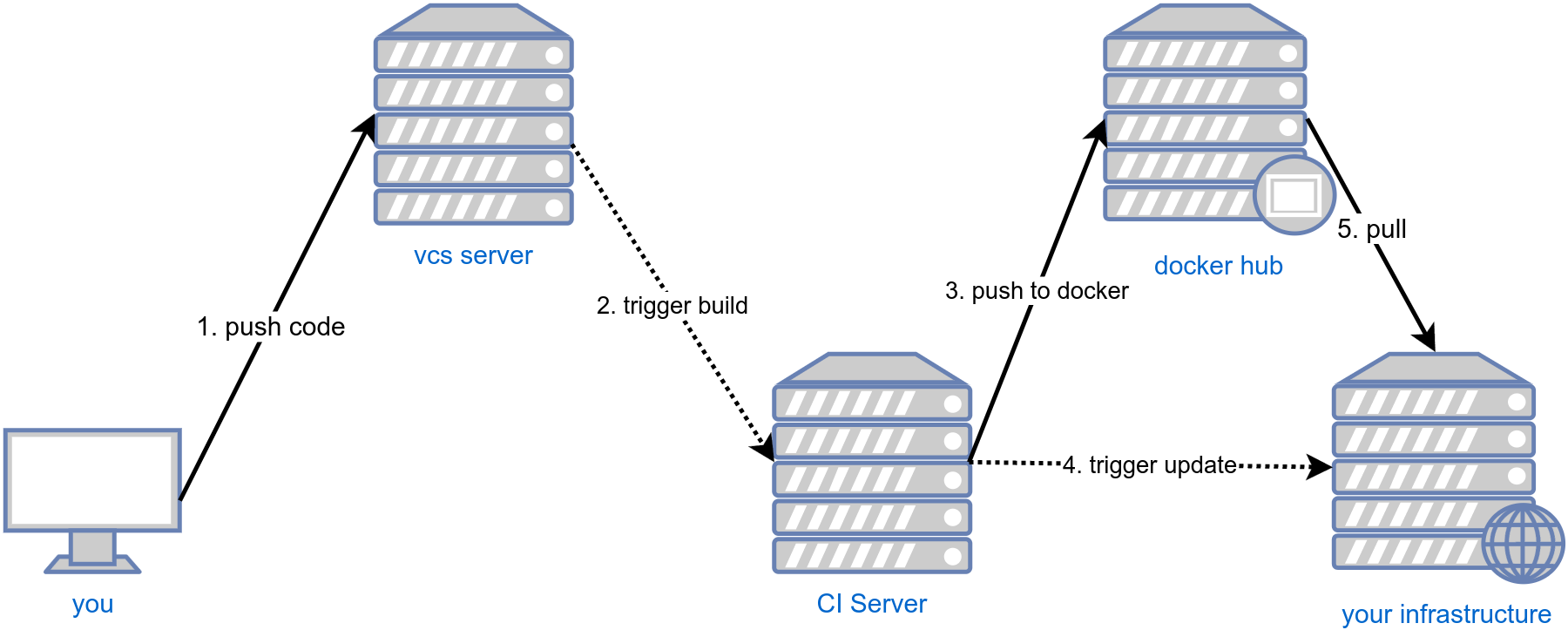
How Do I Deploy My Symfony Api Part 3 Infrastructure Asmir Mustafic

Hybrid Auto Scaling Of A Multi Tier Web Application Using Amazon Web Download Scientific Diagram
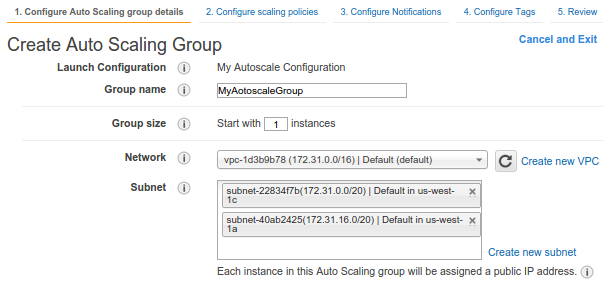
Aws Autoscaling Group Asg

Docker Swarm At Aws Azure Vs Amazon Ec2 Container Service Vs Microsoft Azure Container Service Swarm By Subreptivus Devoops World And The Universe Medium

Getting Started With Docker For Aws And Scaling Nodes The Couchbase Blog

Aws와 Docker Swarm을 이용한 쉽고 빠른 컨테이너 오케스트레이션 Aws Summit Seoul 17

Aws와 Docker Swarm을 이용한 쉽고 빠른 컨테이너 오케스트레이션 Aws Summit Seoul 17

Docker On Amazon Web Services Packt
Q Tbn And9gcqg2qxw Esj2vv4y7wcd7wun5mgguax6kxk7iksjk0ylgbqbuhr Usqp Cau

Docker Enterprise Edition Ee On Aws Quick Start

Getting Started With Docker Swarm Part 1

How To Use Aws Auto Scaling Groups Asg With Stateful Docker Containers

Ticking Along With Docker Swarm Sweetcode Io

How To Use Aws Auto Scaling Groups Asg With Stateful Docker Containers
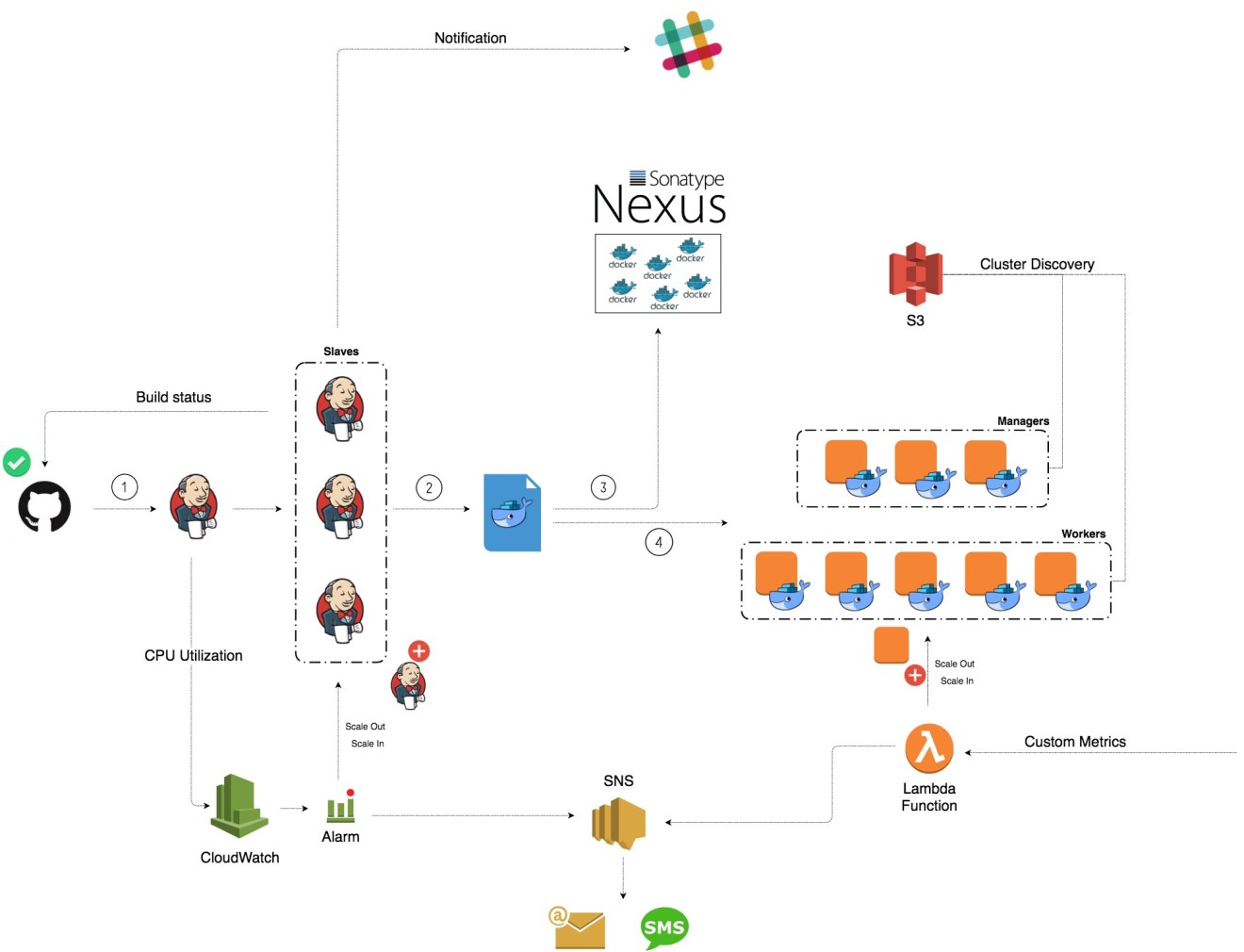
Deploy A Jenkins Cluster On Aws Mohamed Labouardy Software Engineer Devops Engineer 5x Aws Certified Interested In Serverless Containers Go Distributed Systems Nlp

Lessons Learned From Using Docker Swarm Mode In Production Bugsnag Blog
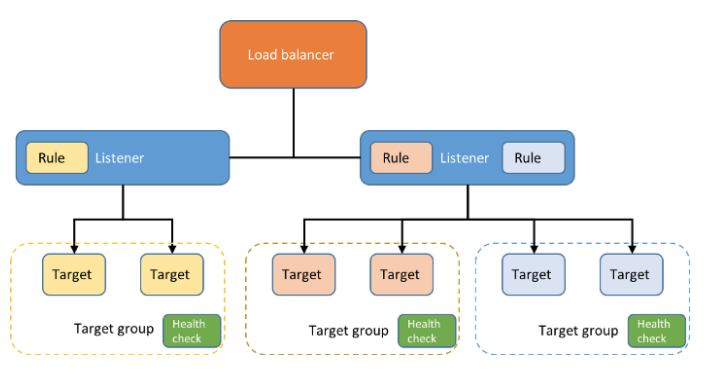
Aws Network Load Balancer Nlb With Autoscaling Group Asg

Kubernetes Vs Docker Swarm Victorops

Getting Started With Docker For Aws And Scaling Nodes The Couchbase Blog

Unboxing The New Docker For Aws Beta

Docker Swarm Triggers Autoscaling Policies Influxdata
1

Running Docker Compose With Auto Scaling Groups On Aws And More By Abhishek Nandi Curly Braces
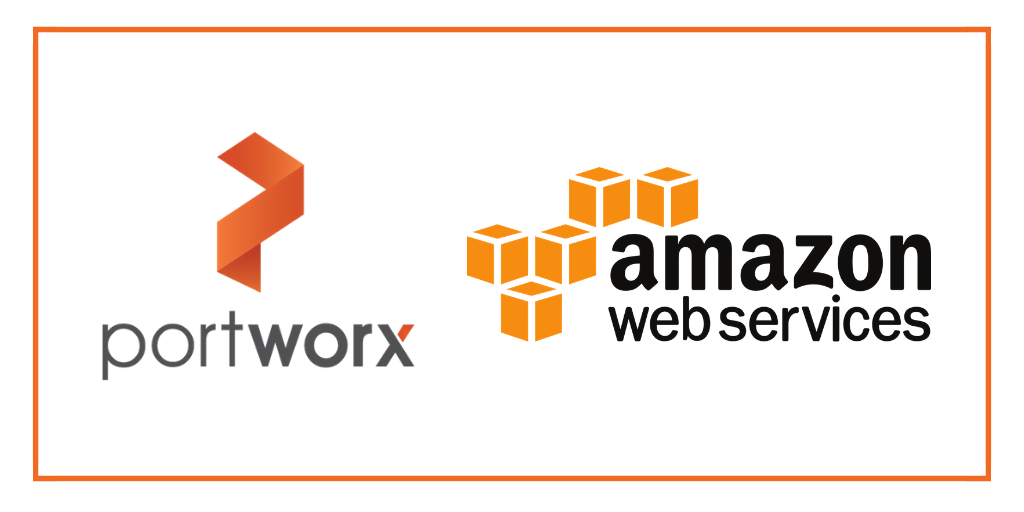
How To Use Aws Auto Scaling Groups Asg With Stateful Docker Containers

Introduction Aws Ecs Codingeek

Kubernetes Vs Docker Comparing The Orchestration Giants By Awanish Edureka Medium

Getting Started With Docker For Aws And Scaling Nodes The Couchbase Blog

Docker Swarm Aws Nodes Do Swarm Em Auto Scaling Groups By Matheus Fidelis Medium
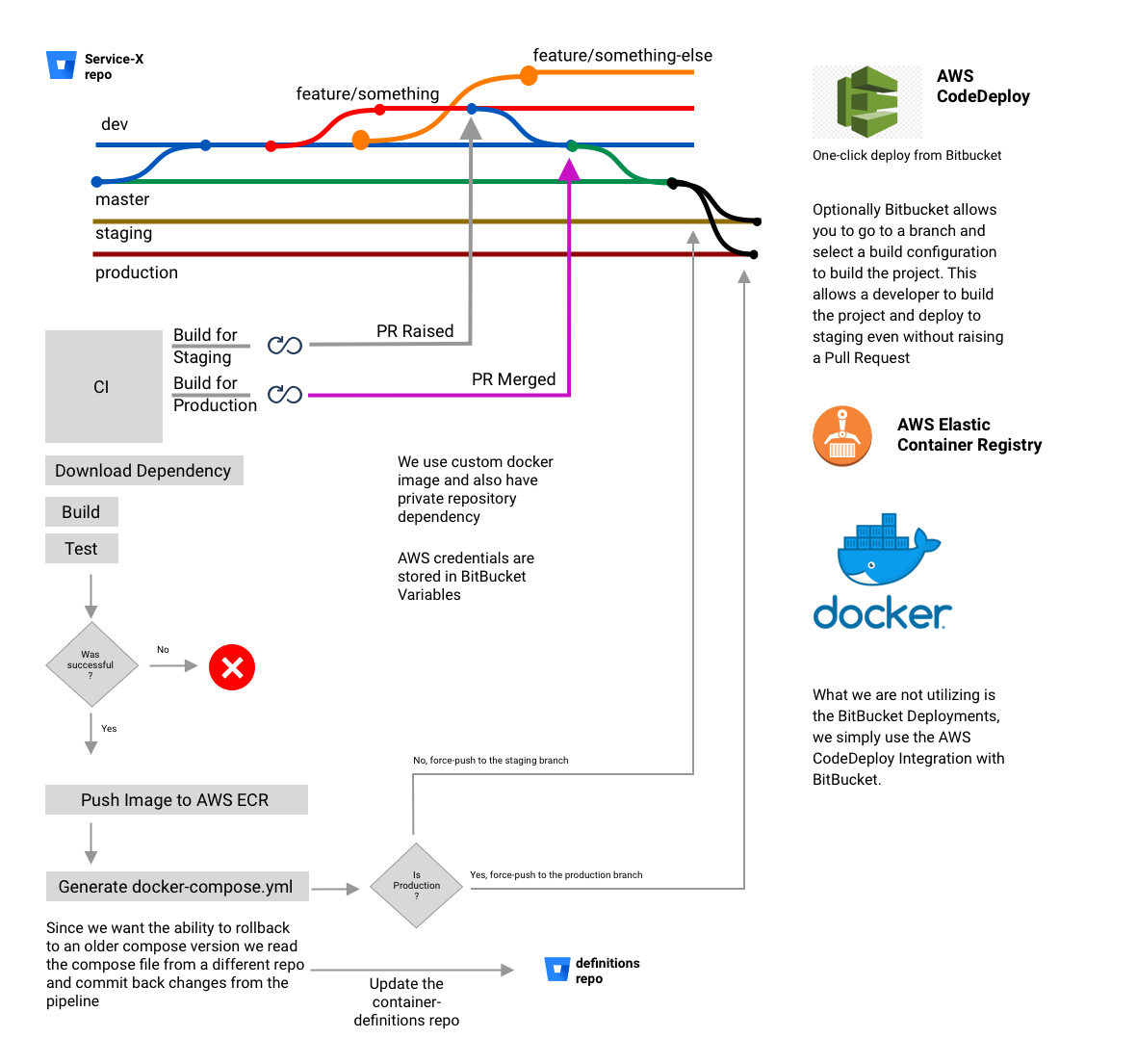
Running Docker Compose With Auto Scaling Groups On Aws And More By Abhishek Nandi Curly Braces
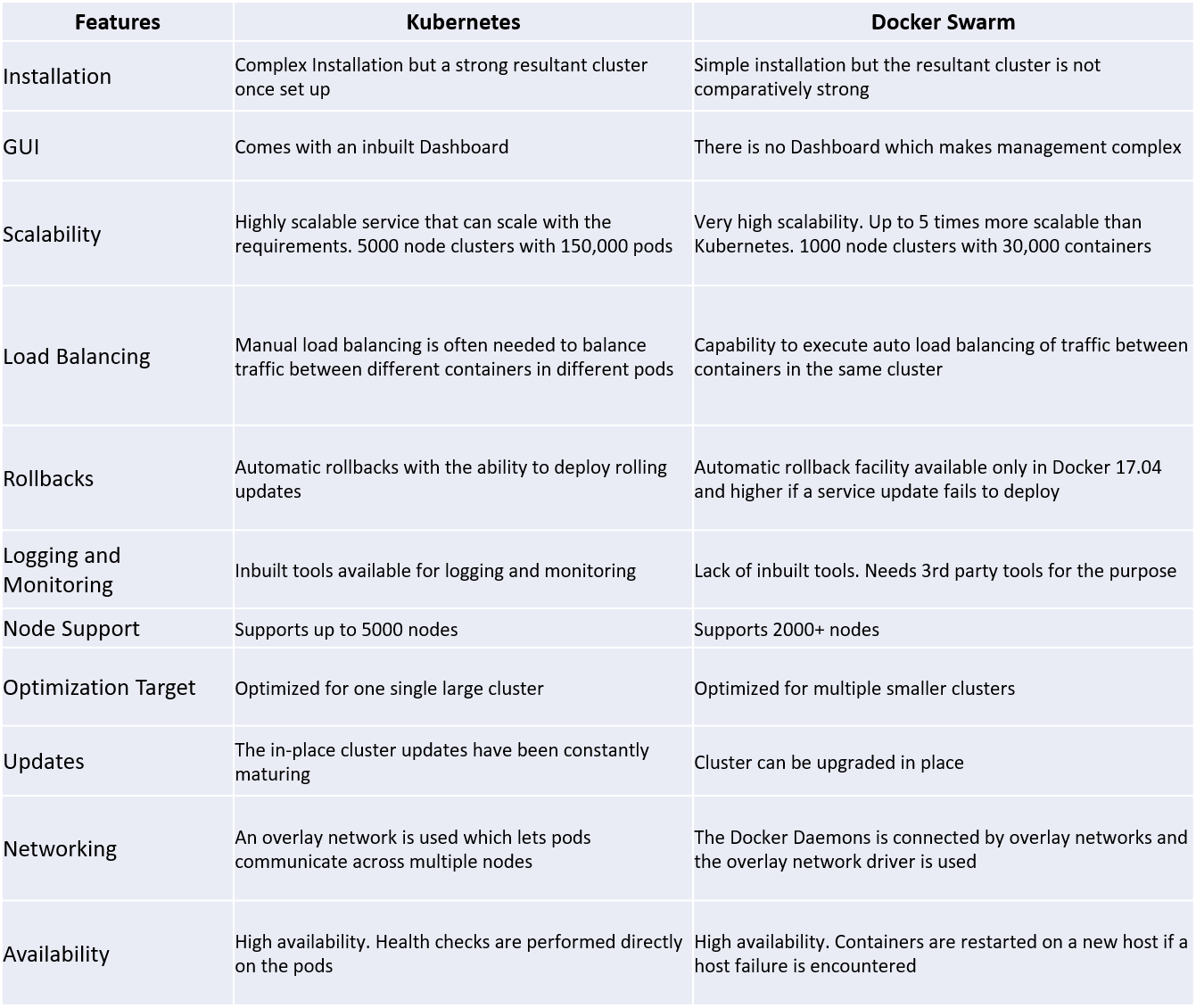
Kubernetes Vs Docker Swarm A Comprehensive Comparison Hacker Noon
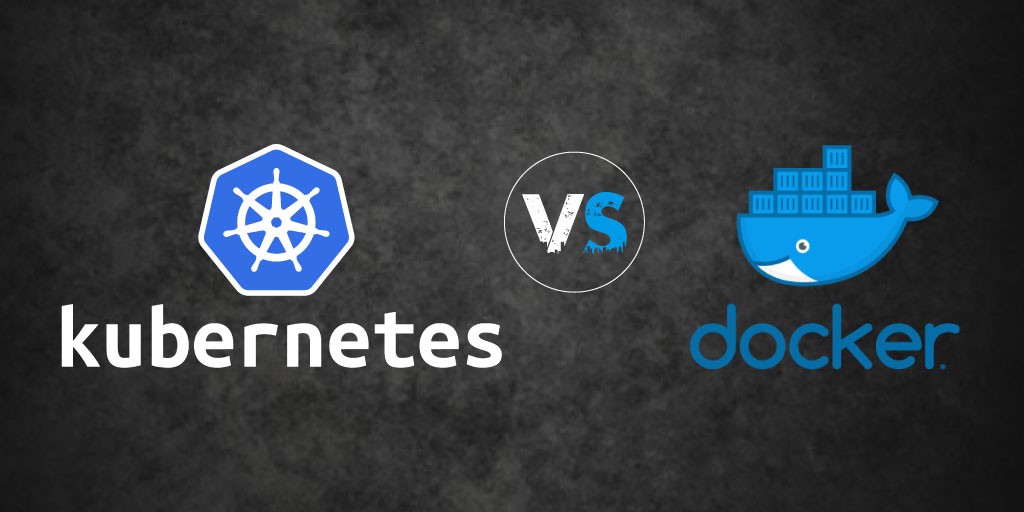
Kubernetes Vs Docker Swarm A Comprehensive Comparison Hacker Noon
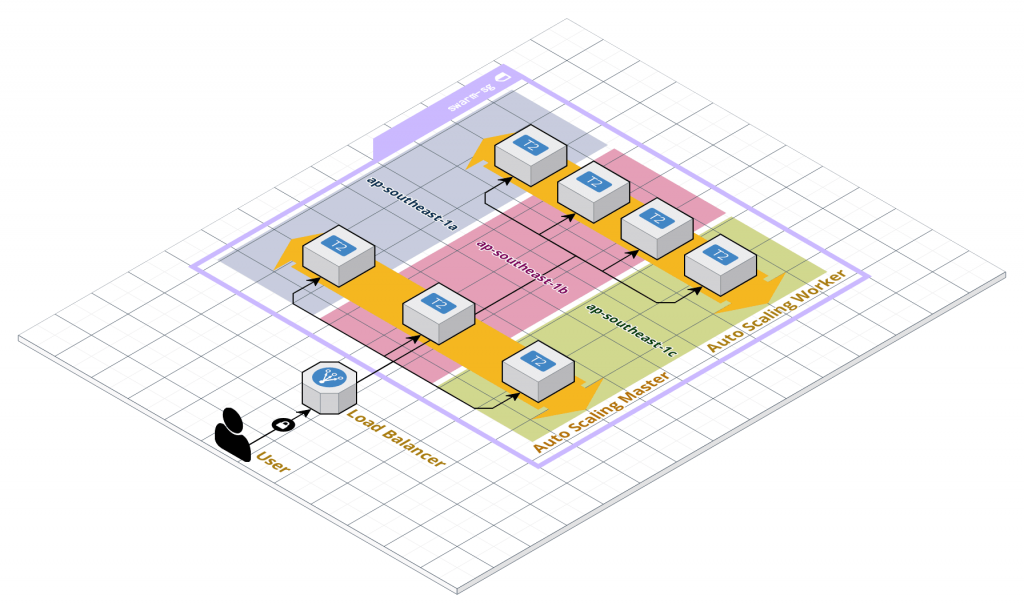
Creating An Ha Docker Swarm Over Aws

Docker Swarm Documentation Cloudsoft Amp

Creating An Ha Docker Swarm Over Aws

Kubernetes Vs Docker Swarm What Are The Differences

Aws Autoscaling Group Asg

Easy Docker Orchestration With Docker Aws Efs And The Swarm Mode By Aymen Eon Amri Faun Medium

New Version Of Elastigroup Autoscaler For Docker Swarm News Product Updates From Spot By Netapp
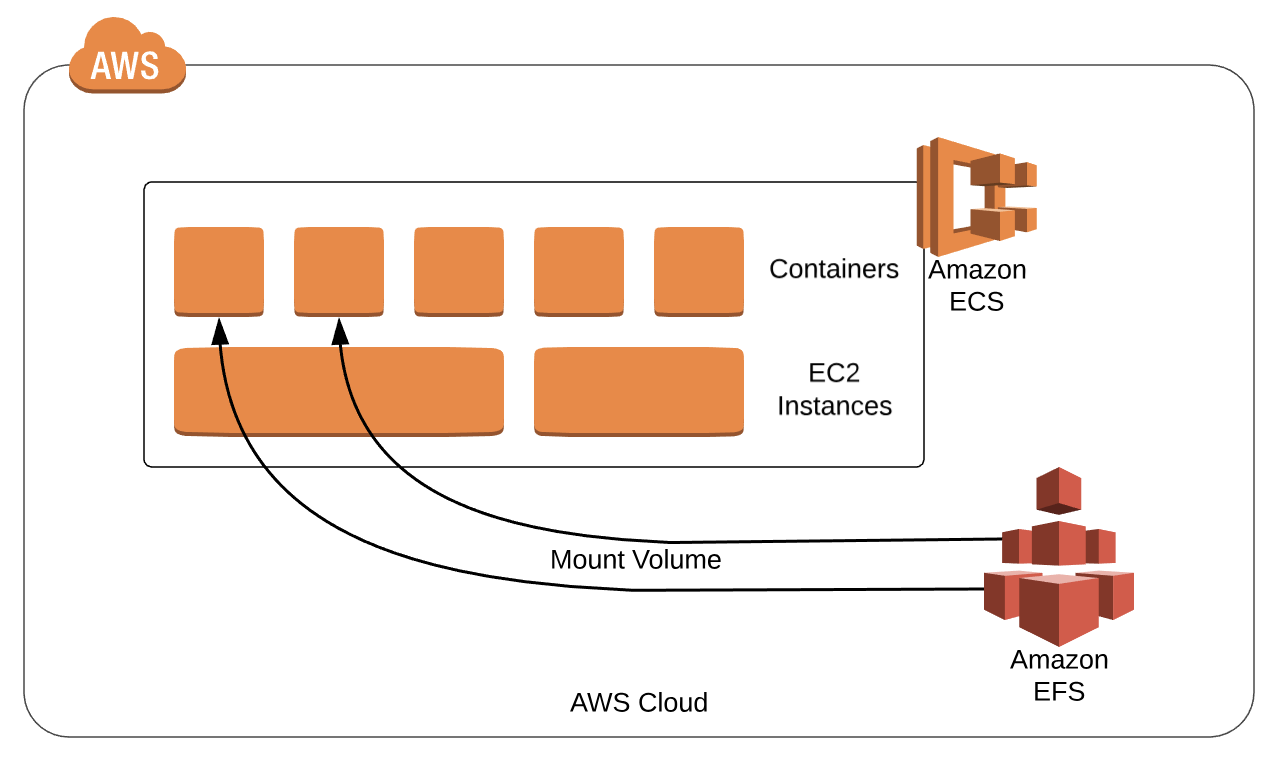
Using Amazon Efs For Container Workloads Dzone Cloud

Kubernetes Or Docker Swarm The Best Option For Your Next Project
Q Tbn And9gcqlvnpy5apdxahoufxmojj6e10zmjmcunnyekqvx5 H1h6sj3vt Usqp Cau

Kubernetes Vs Docker Swarm What Are The Differences

Autoscaling Swarm On Aws With Stackstorm Youtube

Kubernetes Vs Docker Swarm A Comprehensive Comparison
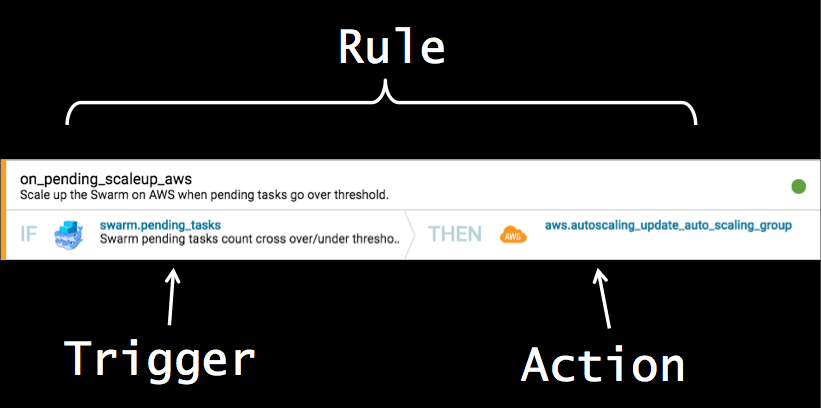
Autoscaling Swarm On Aws With Stackstorm Stackstorm

Kubernetes Vs Docker Swarm What S The Difference The New Stack
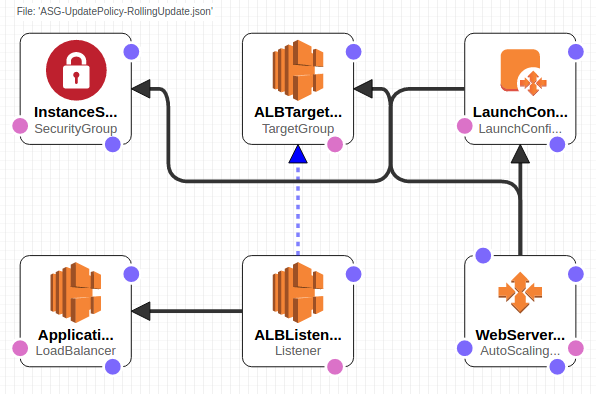
Aws Cloudformation Creating An Asg With Rolling Update

Implementing An Ecs Auto Scaling Solution Docker On Amazon Web Services
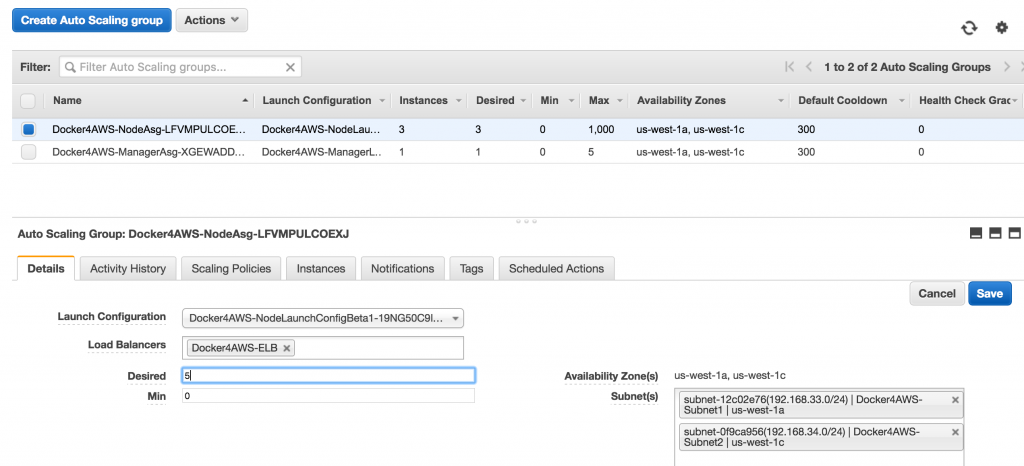
Getting Started With Docker For Aws And Scaling Nodes The Couchbase Blog

Suporte E Consultoria Orquestracao De Containers Com Docker Swarm

Aws Ec2 Automated Docker Swarm Deployment Solutions Architecture And Design
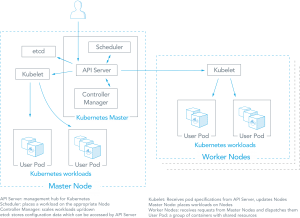
Kubernetes Vs Amazon Ecs Platform9

Autoscale Docker Swarm Services Stack Overflow

Docker Swarm Install In Aws Youtube
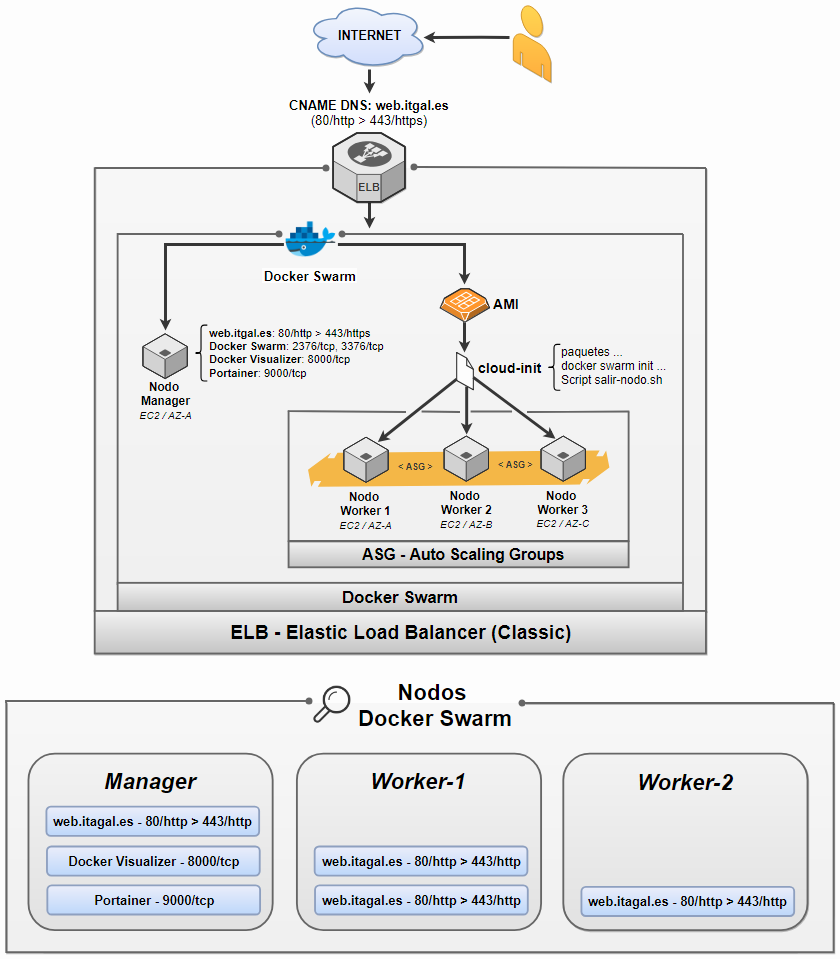
Github Adrianlois Docker Swarm Aws Asg Elb Implementacion De Docker Swarm En Amazon Web Services Usando Auto Scaling Groups Y Elastic Load Balancing

Docker Swarm En Amazon Web Services Usando Auto Scaling Y Elastic Load Balancing Adrianlois Youtube



